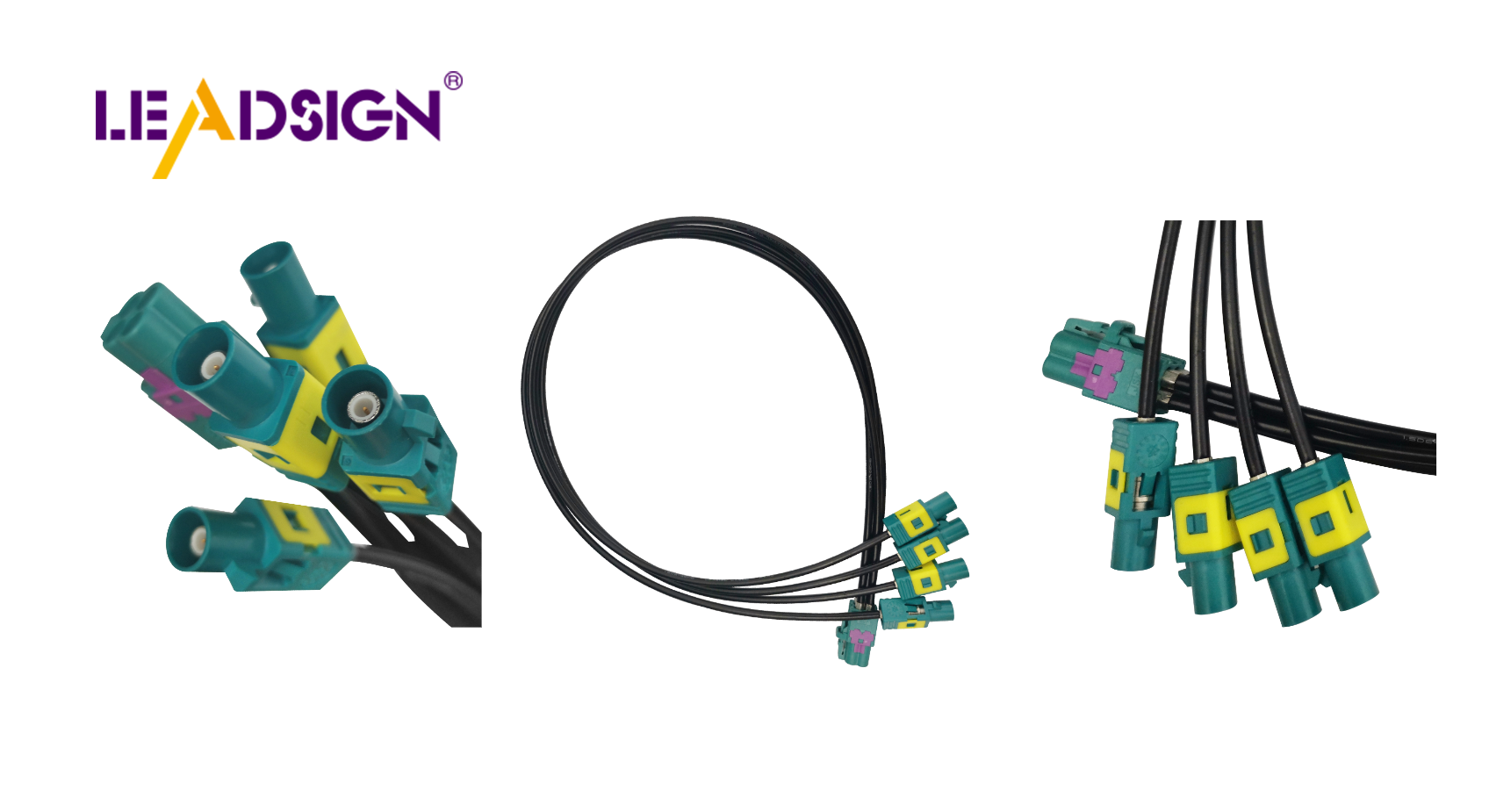What Are Mini Coaxial Cables and Their Key Features

Mini coaxial cables are special wires for sending signals well. They have an inside wire, a layer that insulates, an outside wire, and a cover. These cables bend easily and send signals fast. This makes them great for small gadgets like laptops and phones. Their small size and ability to block interference make them useful in many areas, including military and space fields. As tech gets better, more people want mini coaxial cables because they work well and are dependable.
Mini coaxial cables are made carefully to send signals well. They have parts that help them work better and be useful in many ways.
Impedance is important for sending signals. It means how much a cable resists electric current. In mini coaxial cables, keeping the right impedance helps stop signal loss and keeps messages clear.
Matching impedance stops signal bouncing, which can mess up data quality. When cable impedance matches device impedance, power moves best and signals stay clear.
Mini coaxial cables usually have 50 or 75 ohms impedance. These numbers fit different uses. For example, 50-ohm cables are good for data, while 75-ohm ones are better for video.
The frequency range tells what signals a mini coaxial cable can carry well. This affects signal quality and how the cable can be used.
Mini coaxial cables handle many frequencies, from DC to 20 GHz. This lets them carry different signals like sound and fast data.
A big frequency range makes signal quality better by lowering data loss. This makes these cables great for telecoms, TV broadcasting, and fast networks.
Mini coaxial cables' physical traits help them work in various places.
They are small and bendy. Their tiny size fits tight spots like inside laptops or phones. Being bendy makes them easy to install in tricky areas.
Materials used include copper or silver-plated copper inside for good conductivity. An insulating layer covers this conductor, then an outer conductor of braided copper or aluminum follows. Lastly, a tough jacket protects from damage.
Key Features and Benefits of Mini Coaxial Cables
Fast Data Speeds
Mini coaxial cables send data very fast. They can handle speeds up to 28 Gbps. This makes them great for quick data transfer in gadgets like computers and phones.
They work better than other cables. They don't bend easily and block interference well. These traits make them good for wiring inside electronics and medical devices.
Small Size Design
Mini coaxial cables are small, which is helpful in tight spaces. Their tiny size fits well inside laptops and phones. This makes setting them up easy and quick.
In cars, they save space but still work well. They help fit more parts in small areas, improving car functions.
Cost Savings
Mini coaxial cables are budget-friendly, especially when used a lot. Their smart design cuts material costs, saving money for makers.
They last long without breaking often. This means fewer replacements are needed, keeping costs low over time.
Uses of Mini Coaxial Cables in Cars
Helping Self-Driving Cars
Mini coaxial cables are key for self-driving cars. They link sensors and systems, sending data well. These cables help cars see things and drive safely. Fast signals make self-driving work better.
Car safety depends on these cables. They aid advanced driver systems by sharing quick data. This helps make smart choices, cutting accident chances. Mini coaxial cables make driving smoother and safer.
Car Entertainment Systems
New car entertainment uses mini coaxial cables a lot. They fit well with systems, giving clear sound and pictures. Riders get better audio and video, making trips fun.
Car connections get better with these cables. They support many media tasks like maps, music, and calls easily. Mini coaxial cables keep entertainment working well, adding fun on the road.
Mini coaxial cables are important in today's tech world. They send data fast, bend well, and save space. These traits make them perfect for phones and car systems. They also work in wireless gadgets and gaming gear.
As tech grows, mini coaxial cables change too. They handle higher signals and fit small places like streetlights and signs. This makes sure they stay useful in new tech ideas, keeping them needed as technology changes.
See Also
Exploring the Significance of FAKRA Coaxial Cable in Cars
Harnessing the Flexibility and Advantages of FAKRA Coaxial Connectors
Maximizing the Potential of FAKRA Coaxial Cable Connectors
Realizing the Opportunities of FAKRA Coaxial Cable Connectors

